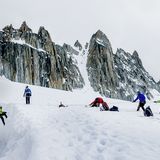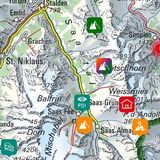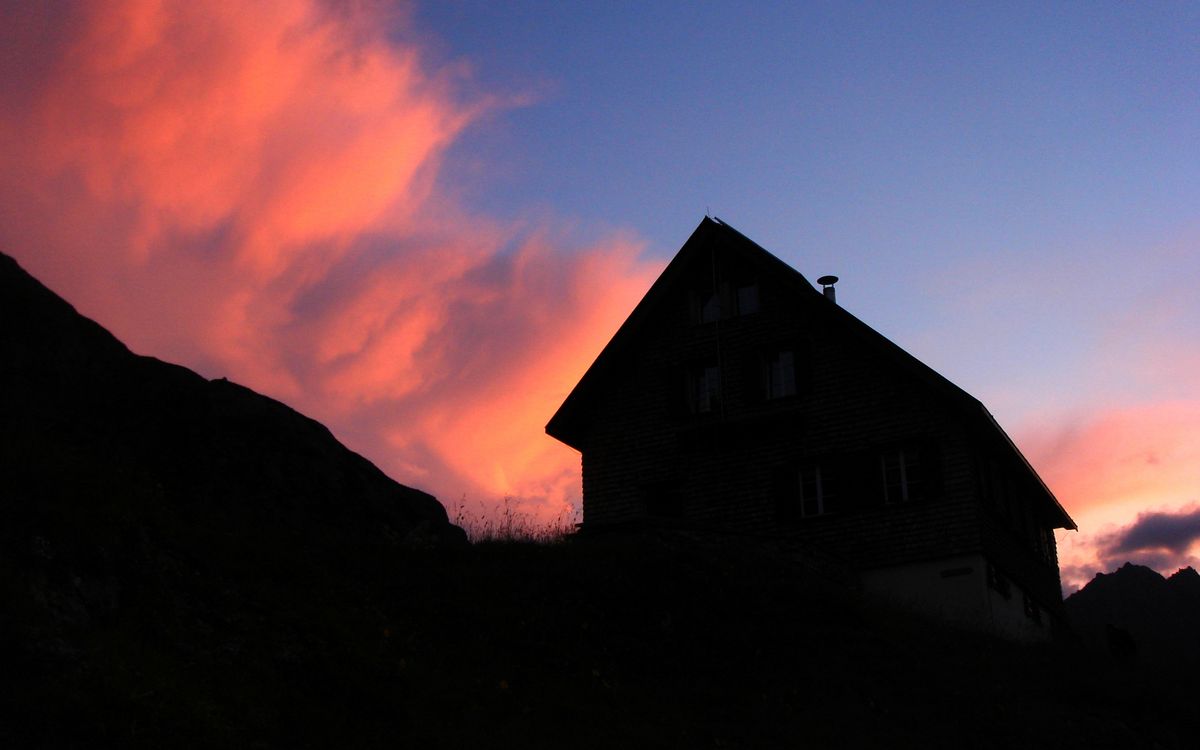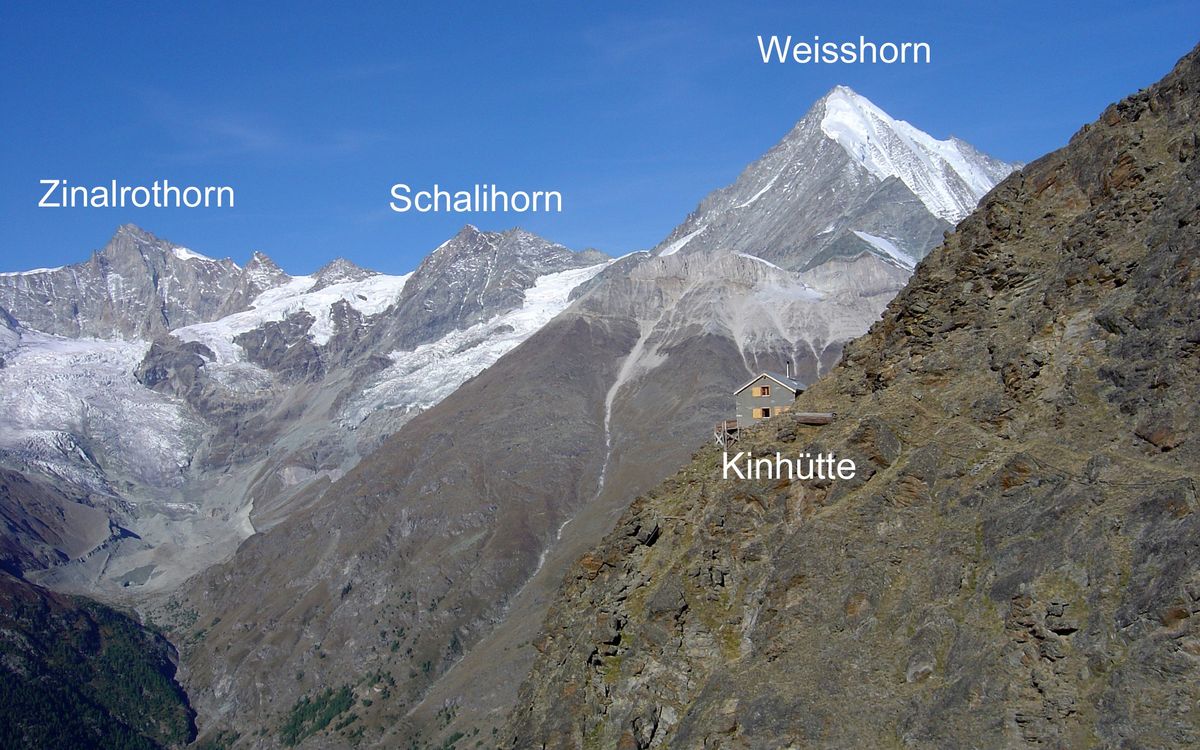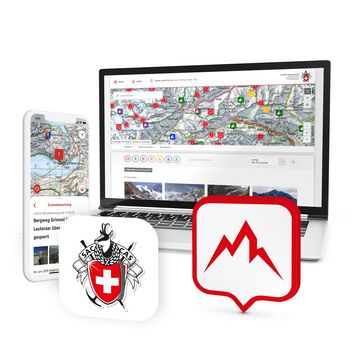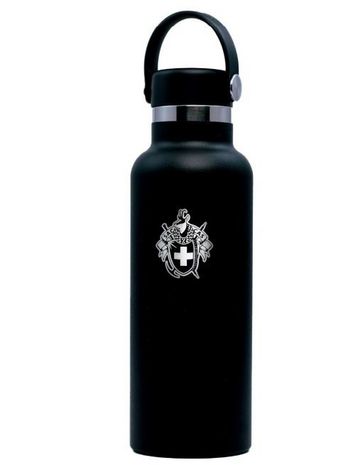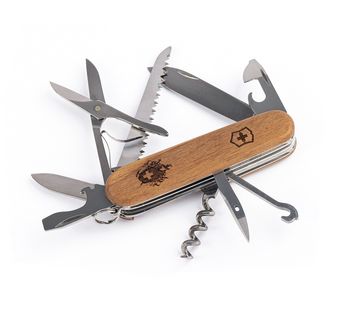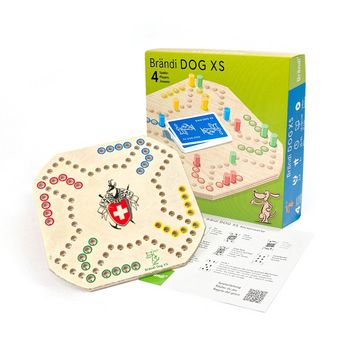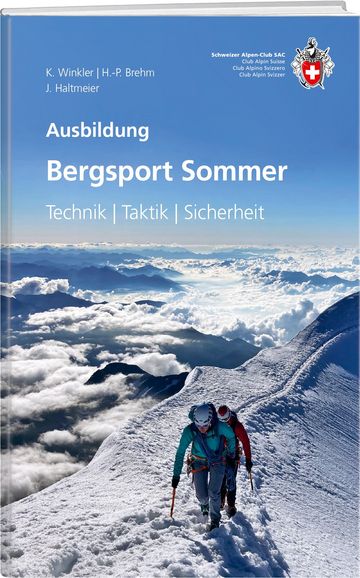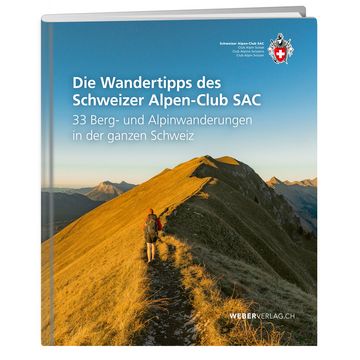Nadelhorn 4327 m Alpinism
Like most of its neighbours, the Nadelhorn consists of three flanks and three ridges. The north side is covered by the Ried Glacier, the SW and E are made of rock. Despite its considerable height, the Nadelhorn lives a rather withdrawn existence. It is not very well seen from the villages, and if so, it hides behind its neighbours. However, it is very popular with alpinists, as most routes are not particularly difficult. In addition, the Mischabelhütte and the Bordierhütte make for favourable stepping stones to reach this really quite beautiful mountain. The Nadelhorn together with the Lenzspitze forms the hinge from the Mischabel- to the Nadelgrat. Since the two peaks are very close to each other, they are often traversed; for this area, the traverse of the Nadelgrat deservedly makes the 'big tour' category. The Nadelhorn is framed by three large glaciers, the Hobärg glacier, the Hohbalm glacier and the mighty Ried Glacier, which flows down towards the distant village of Grächen.
The name Nadelhorn (Needlehorn) is derived from a large crevasse, about 10 m northwest of the highest point which forms an oval hole in the mountain "the needle hole" which can be seen especially well from the Festijoch.
The Nadelhorn was one of the few four-thousanders in Valais to be climbed first by locals. Franz Andenmatten, Baptiste Epiney, Aloys Supersaxo, J. Zimmermann, 16. September 1858. This group of mountain guides and workers was tasked with setting up a trigonometric device at the summit.


